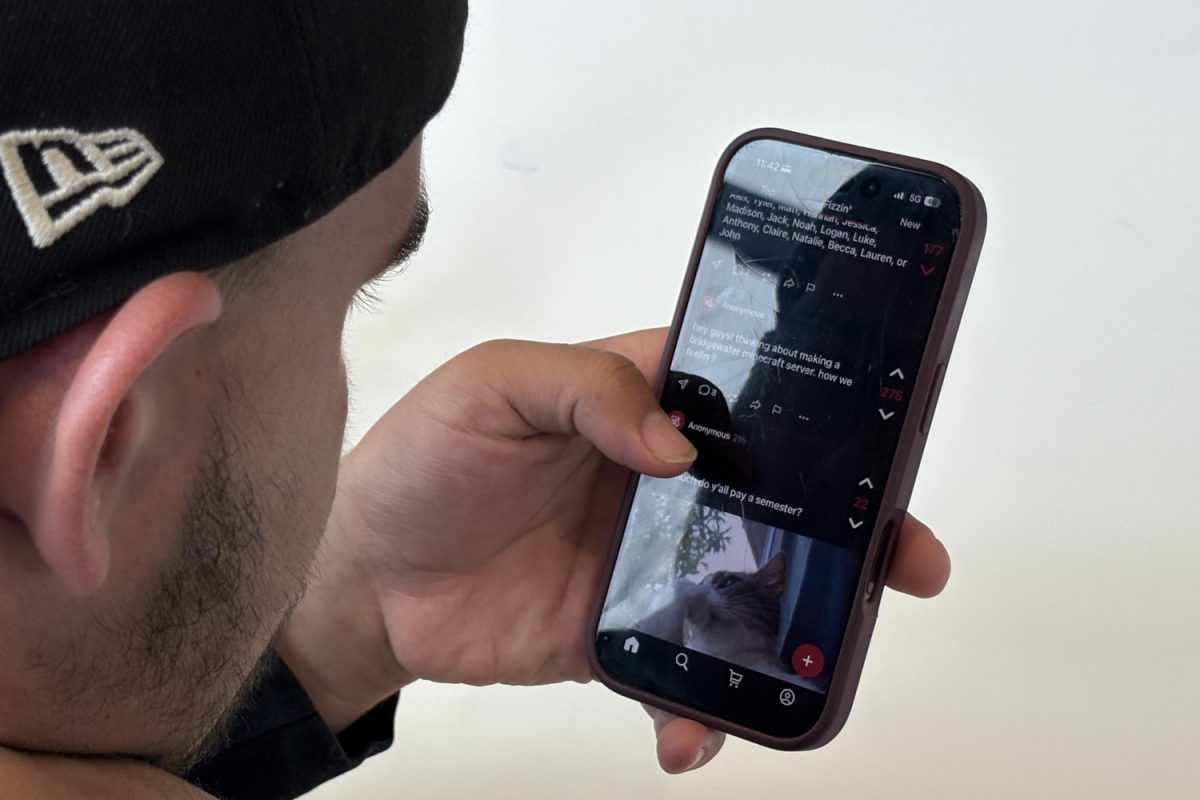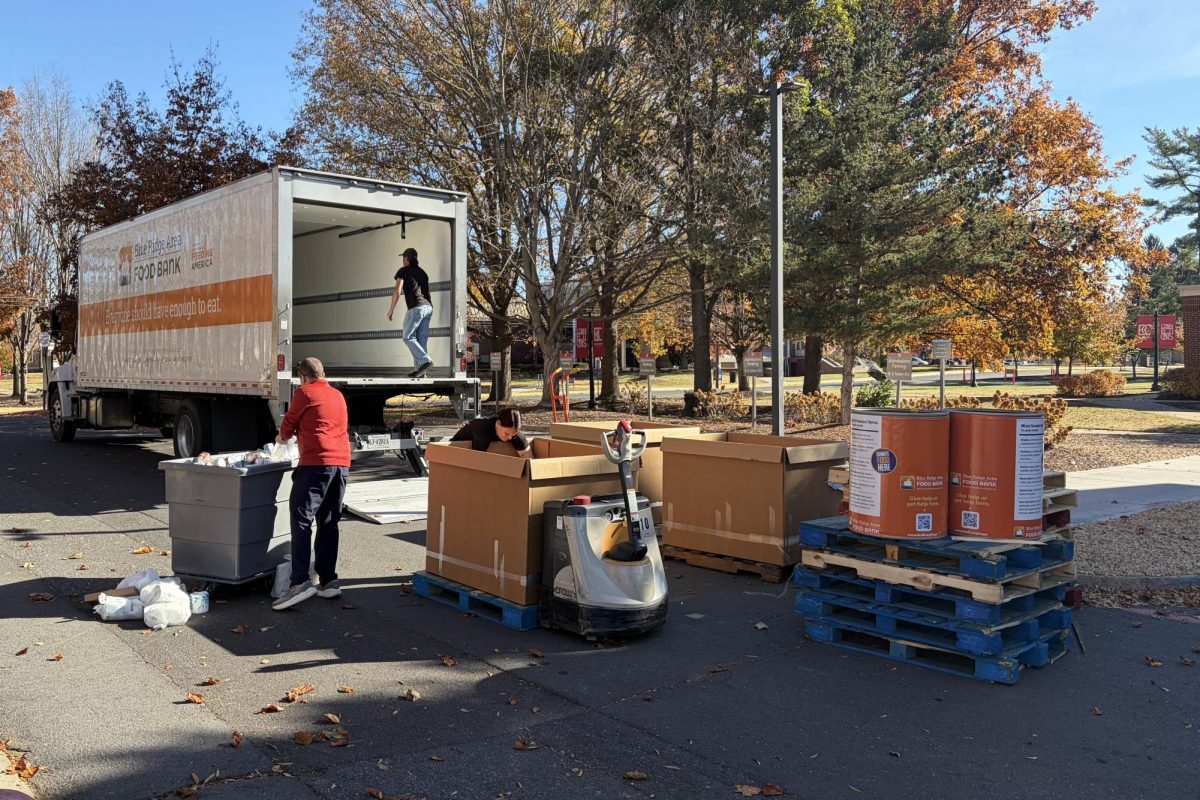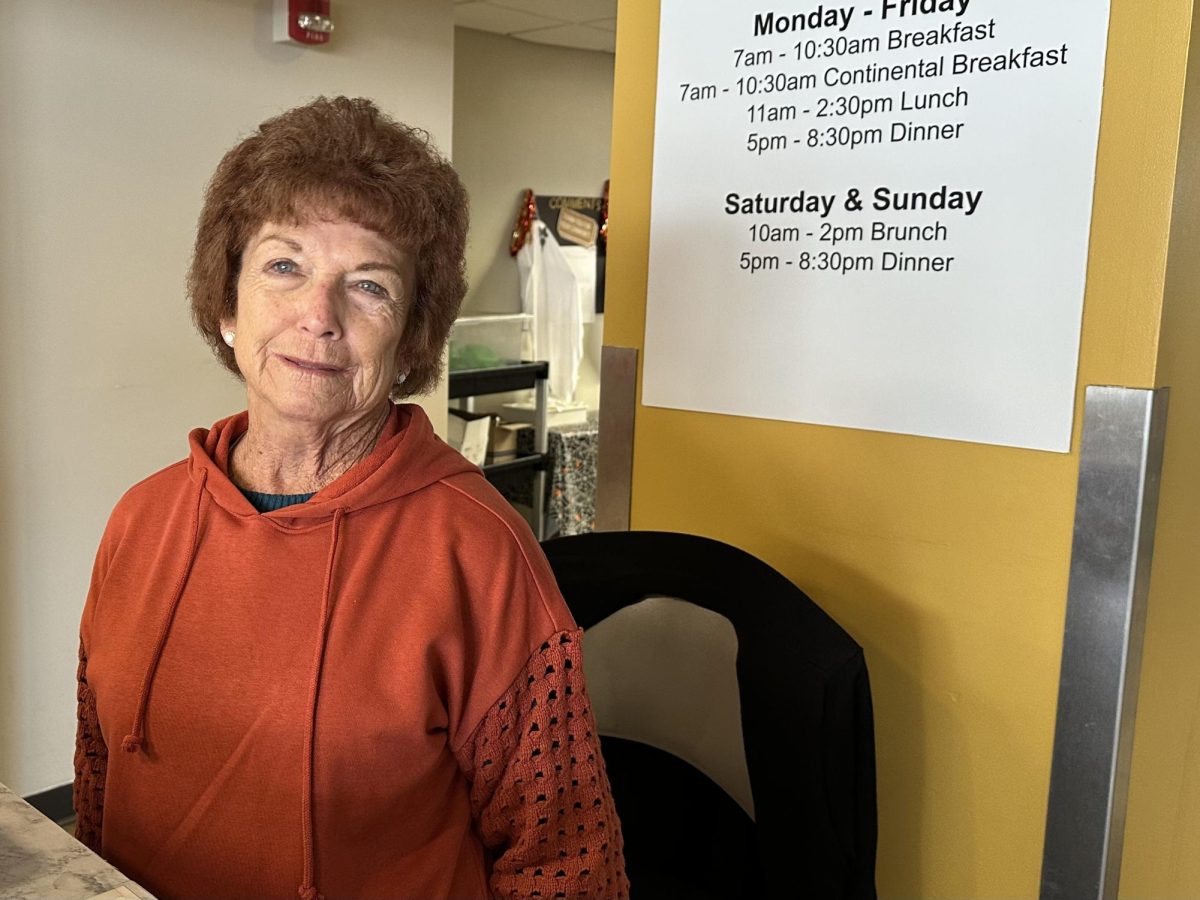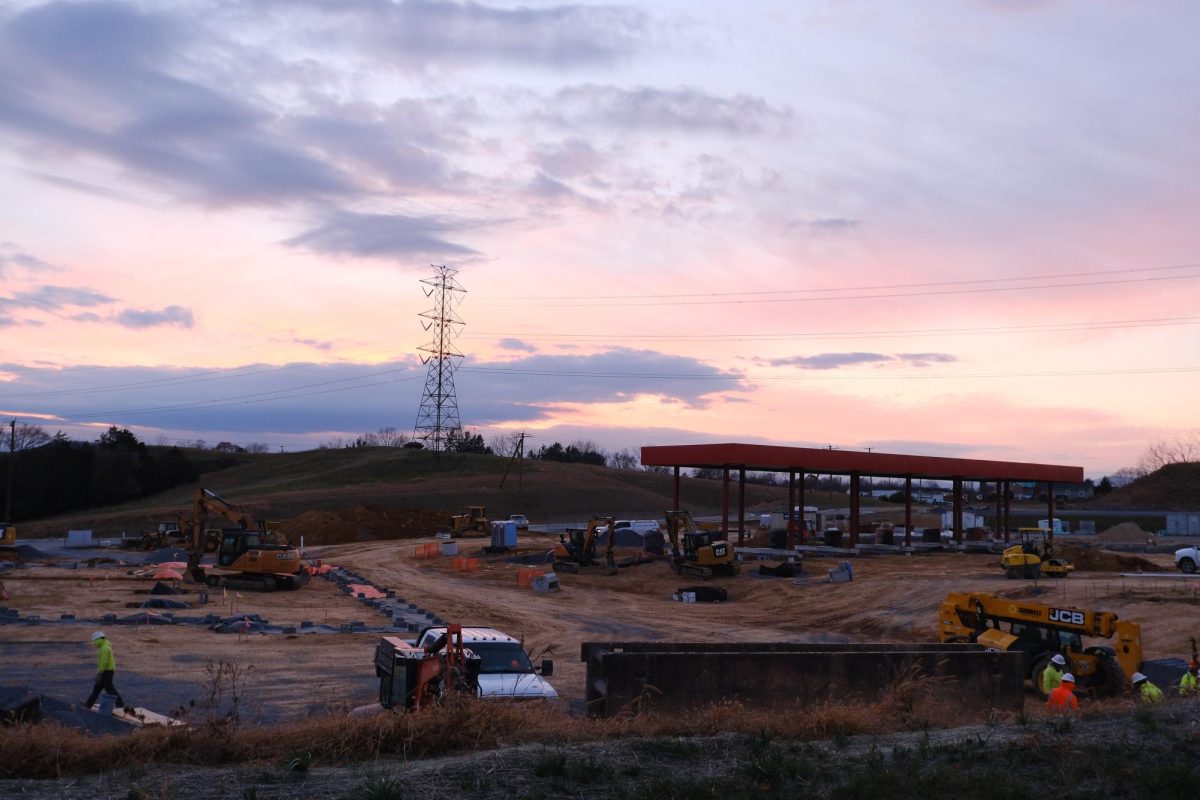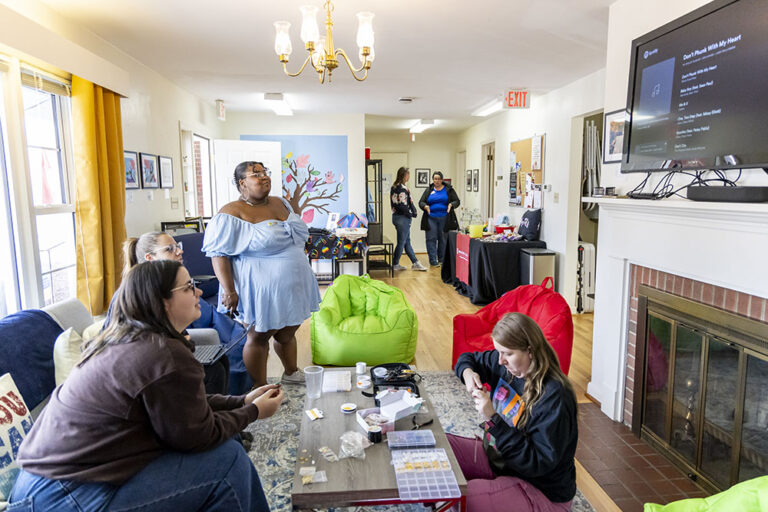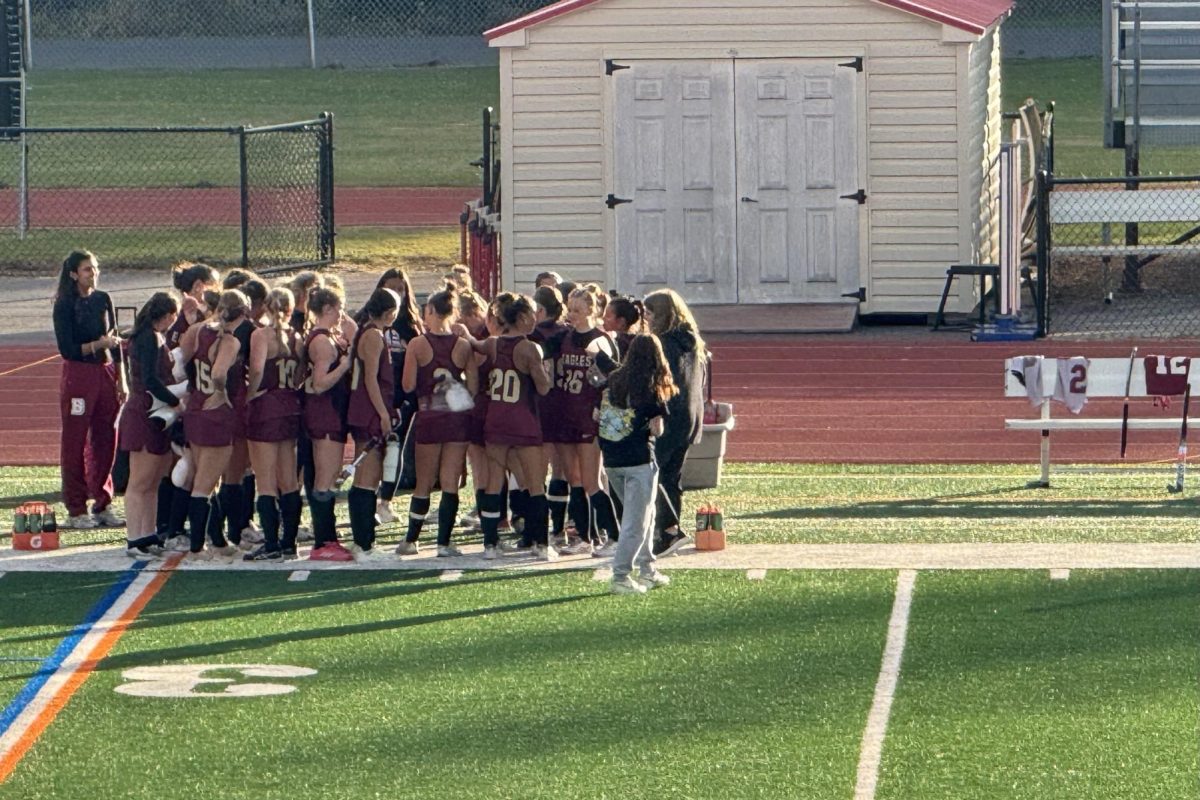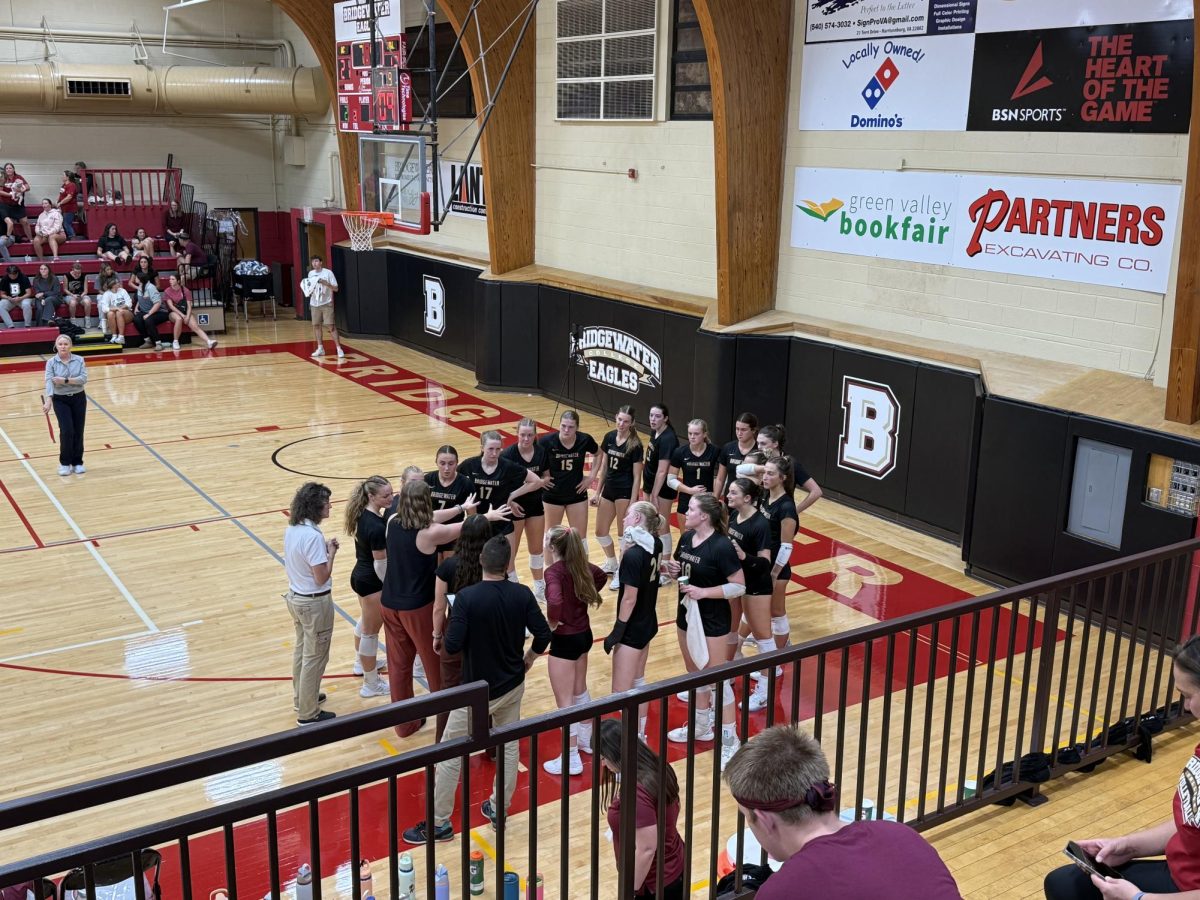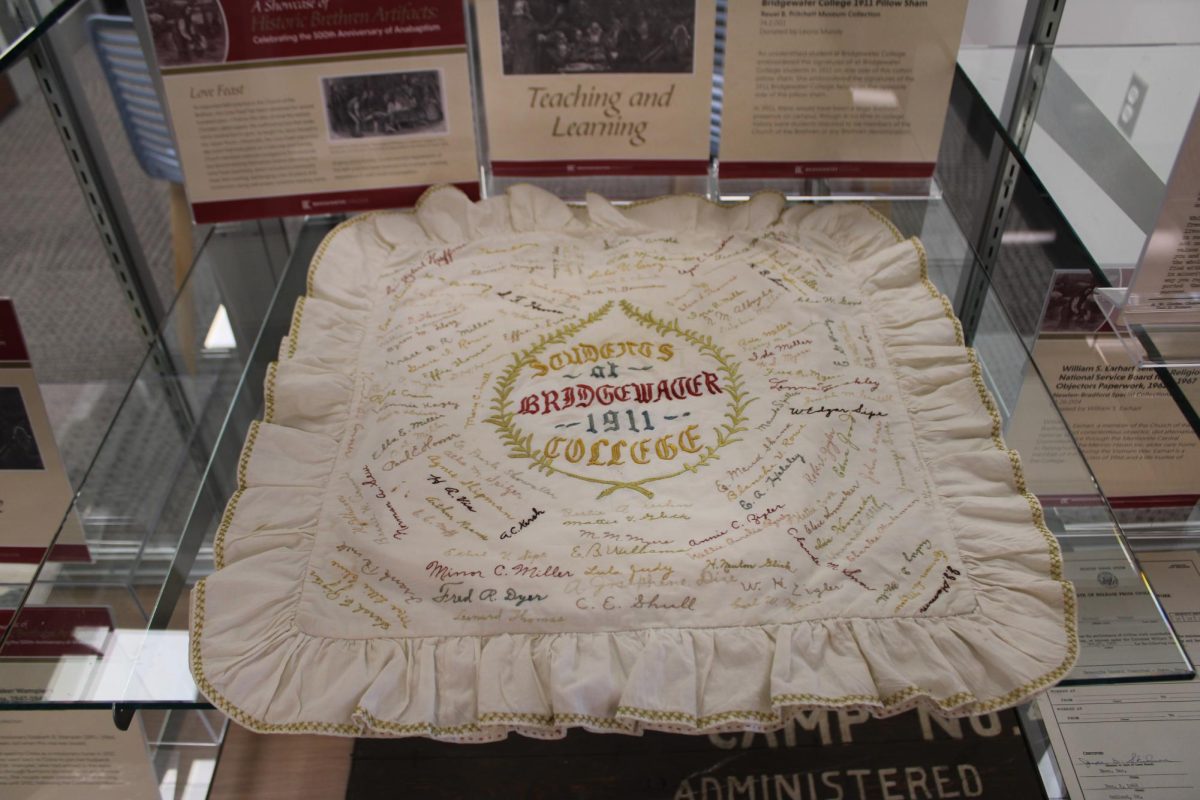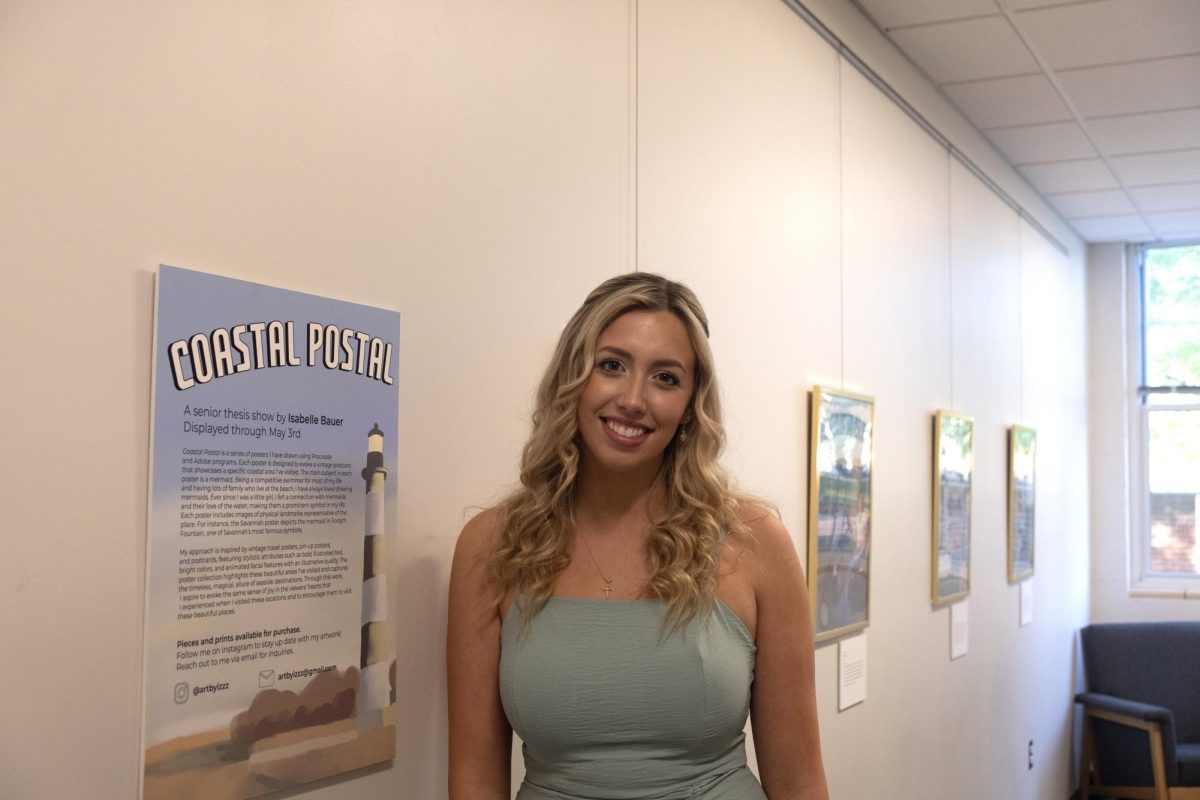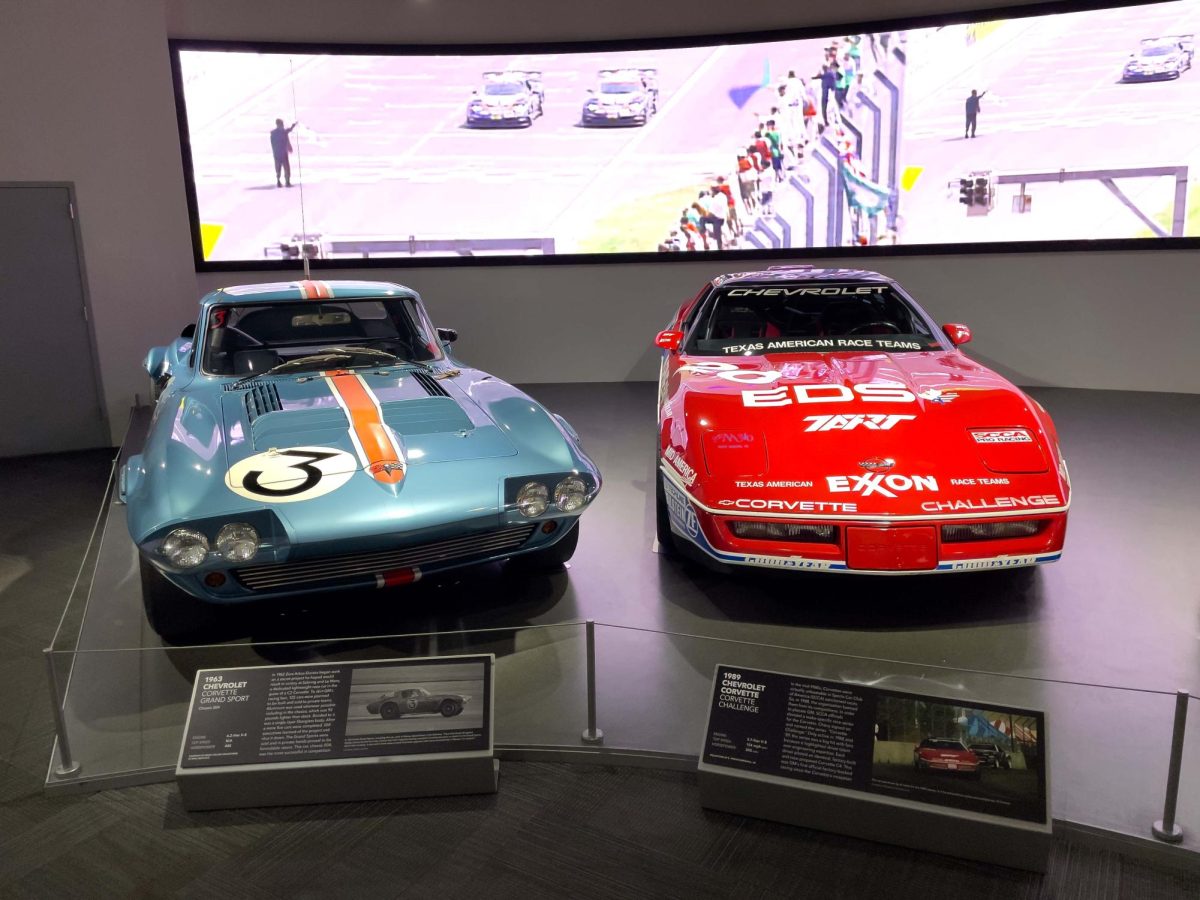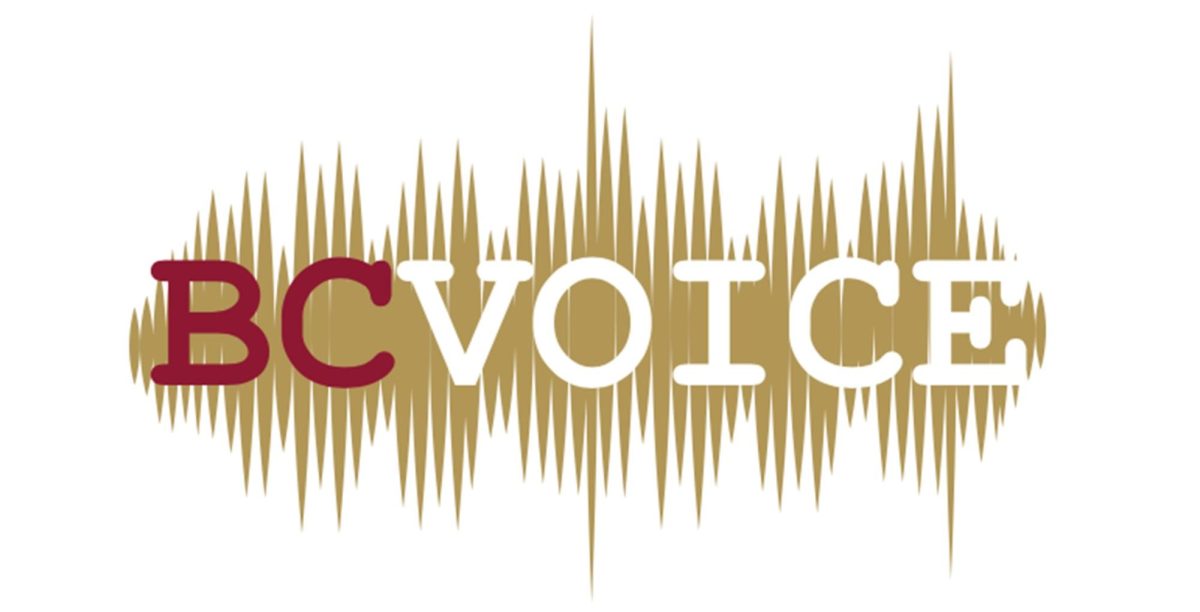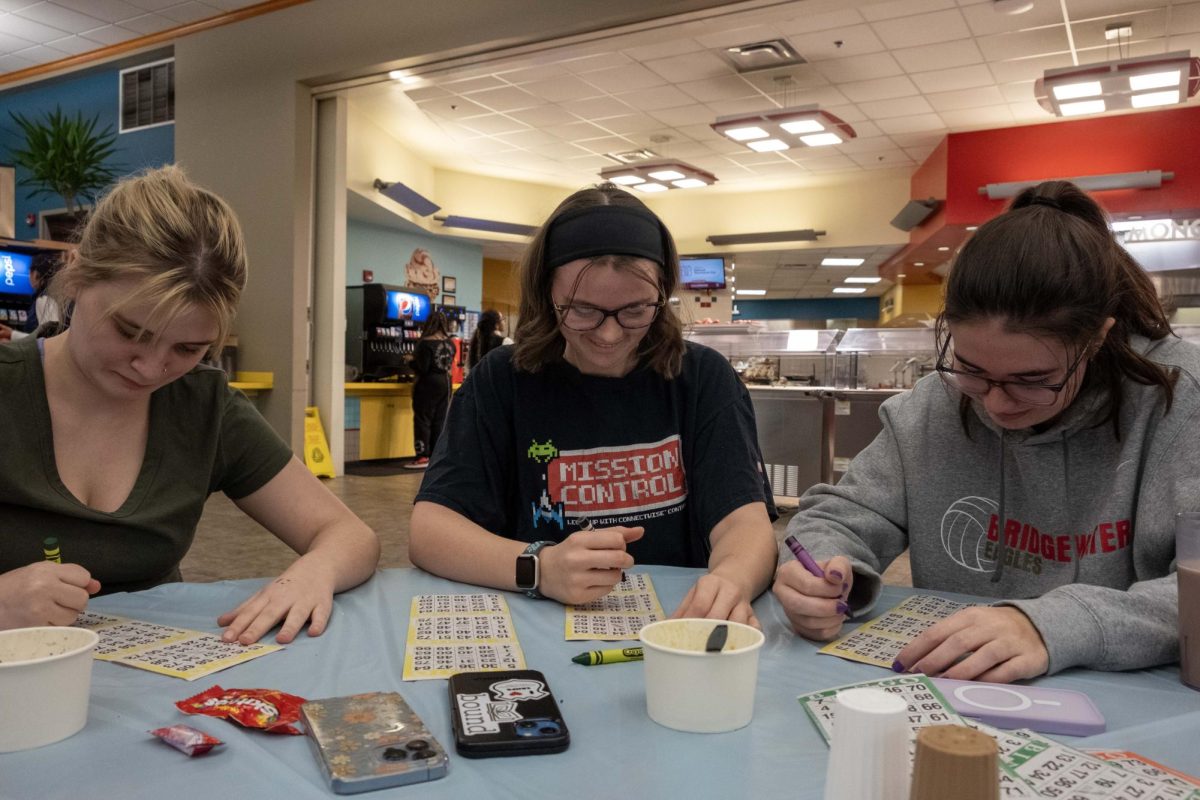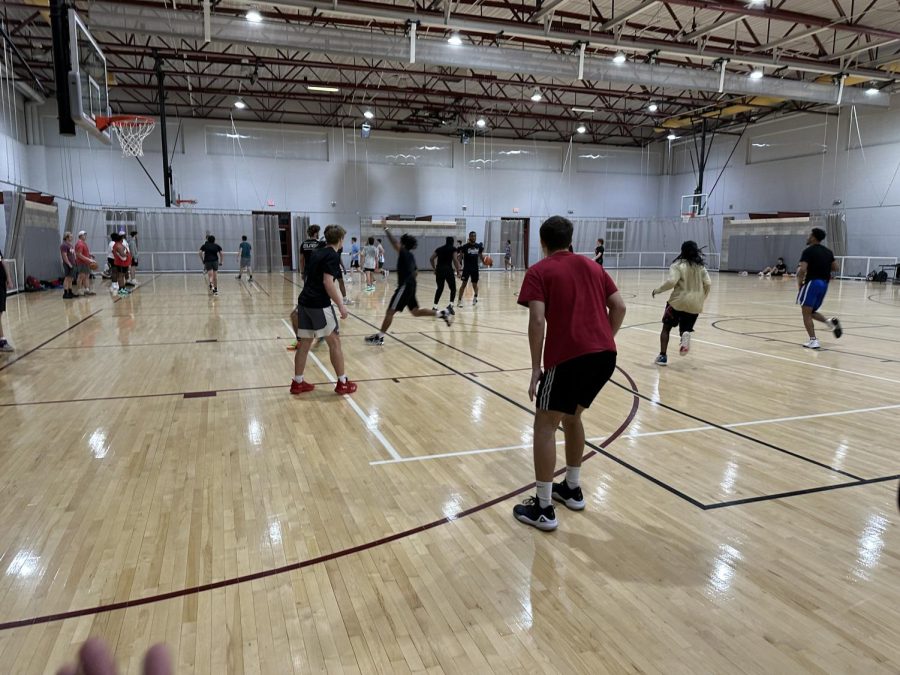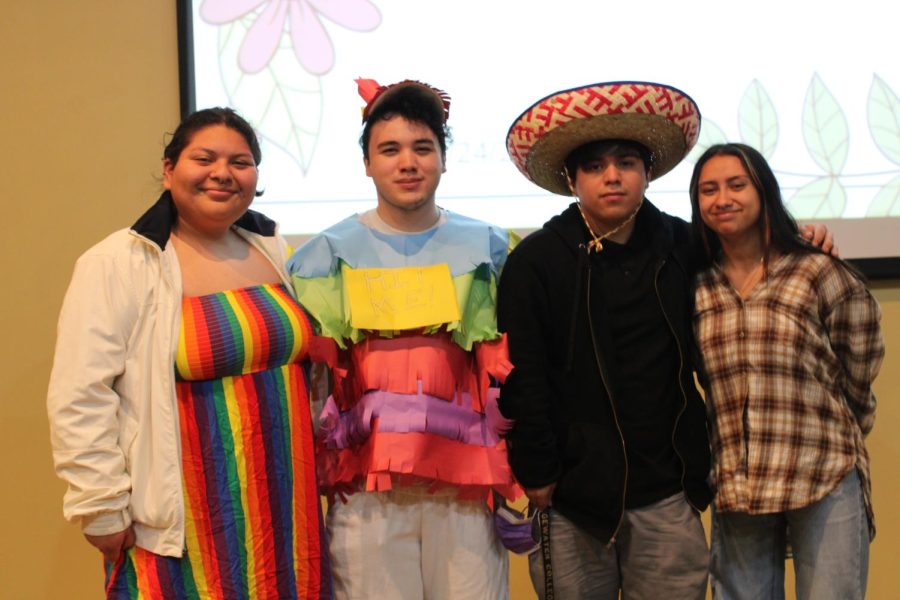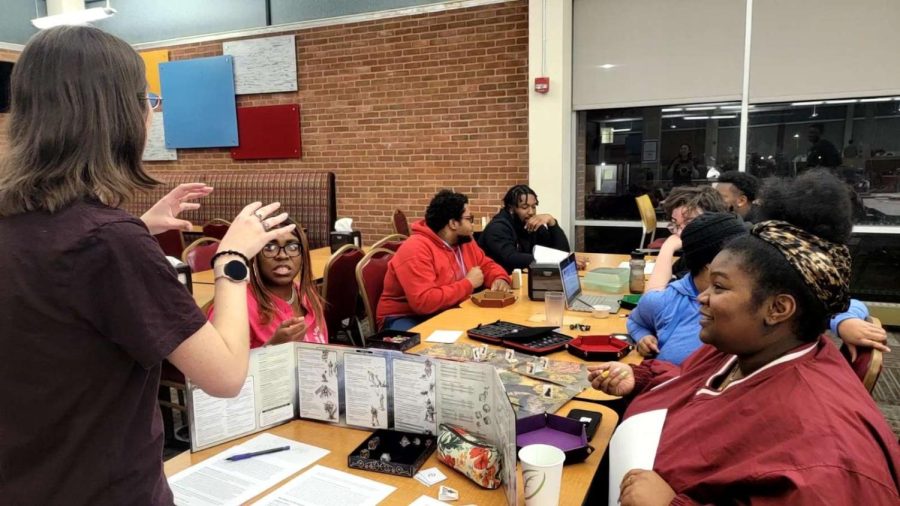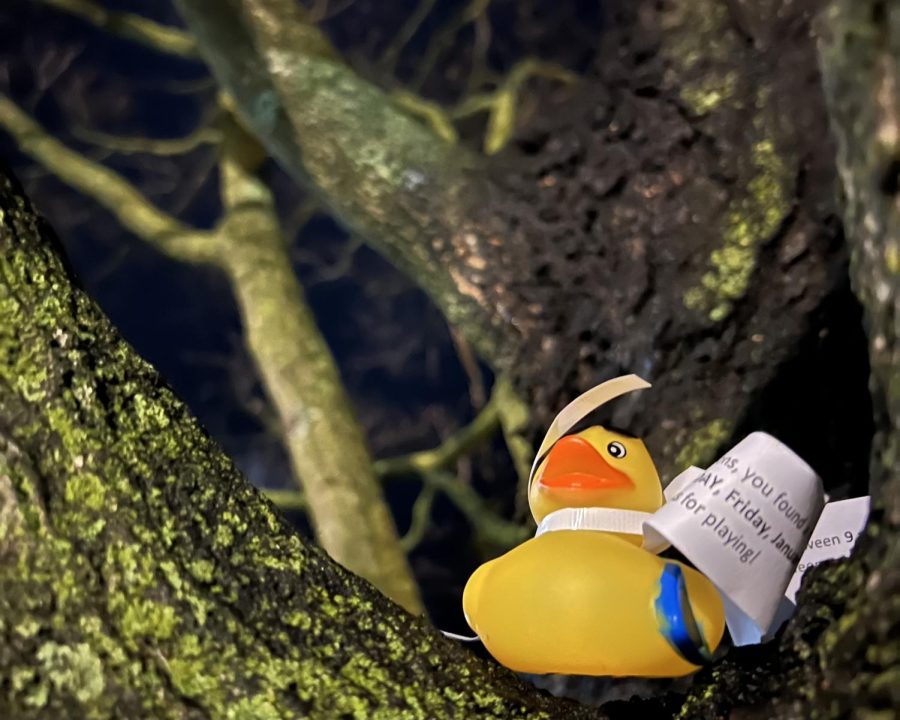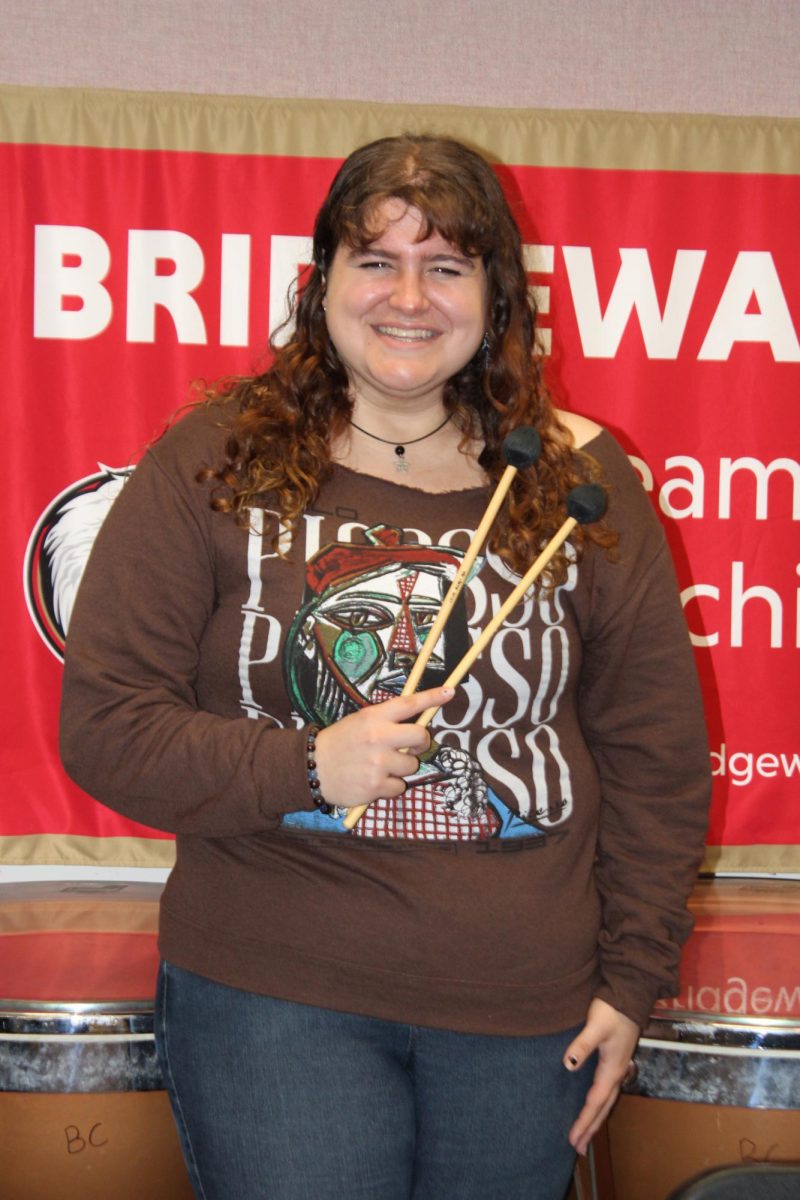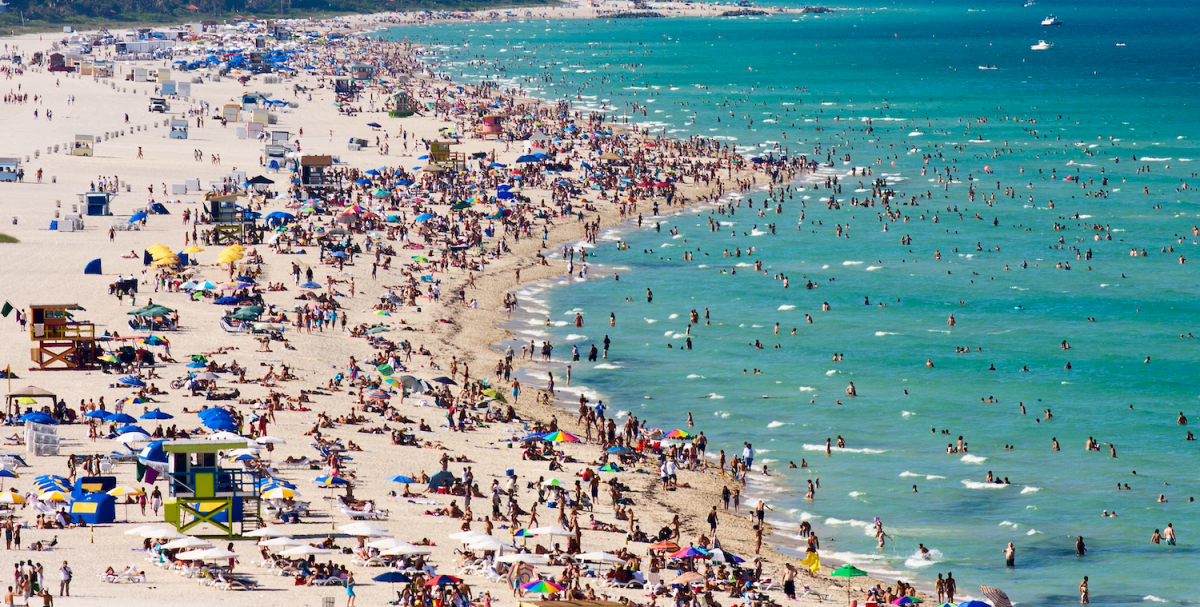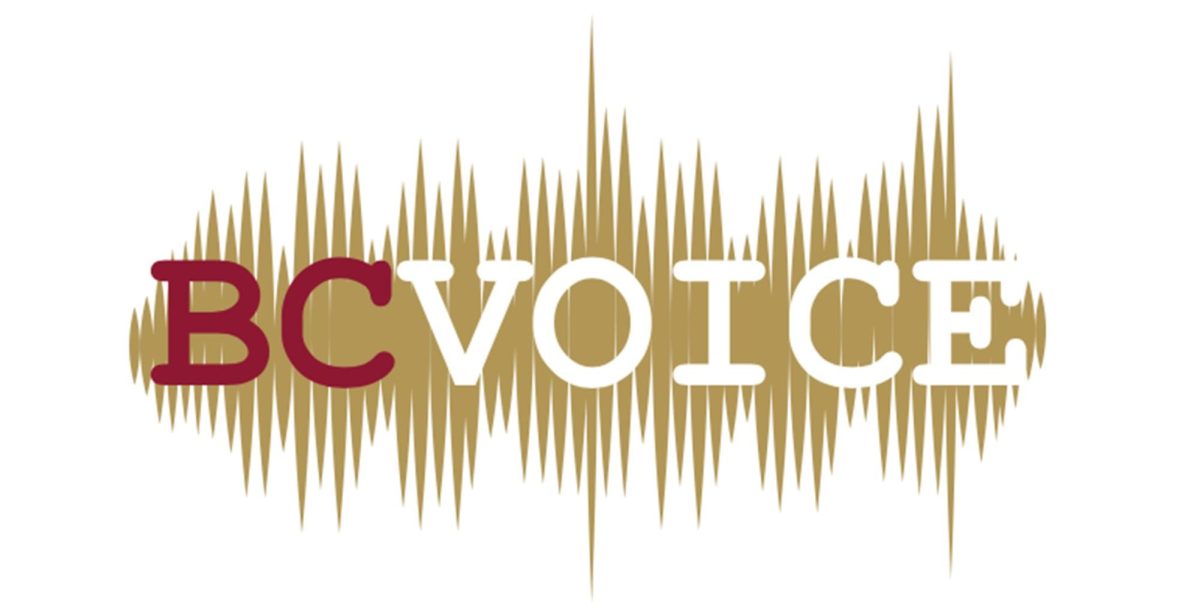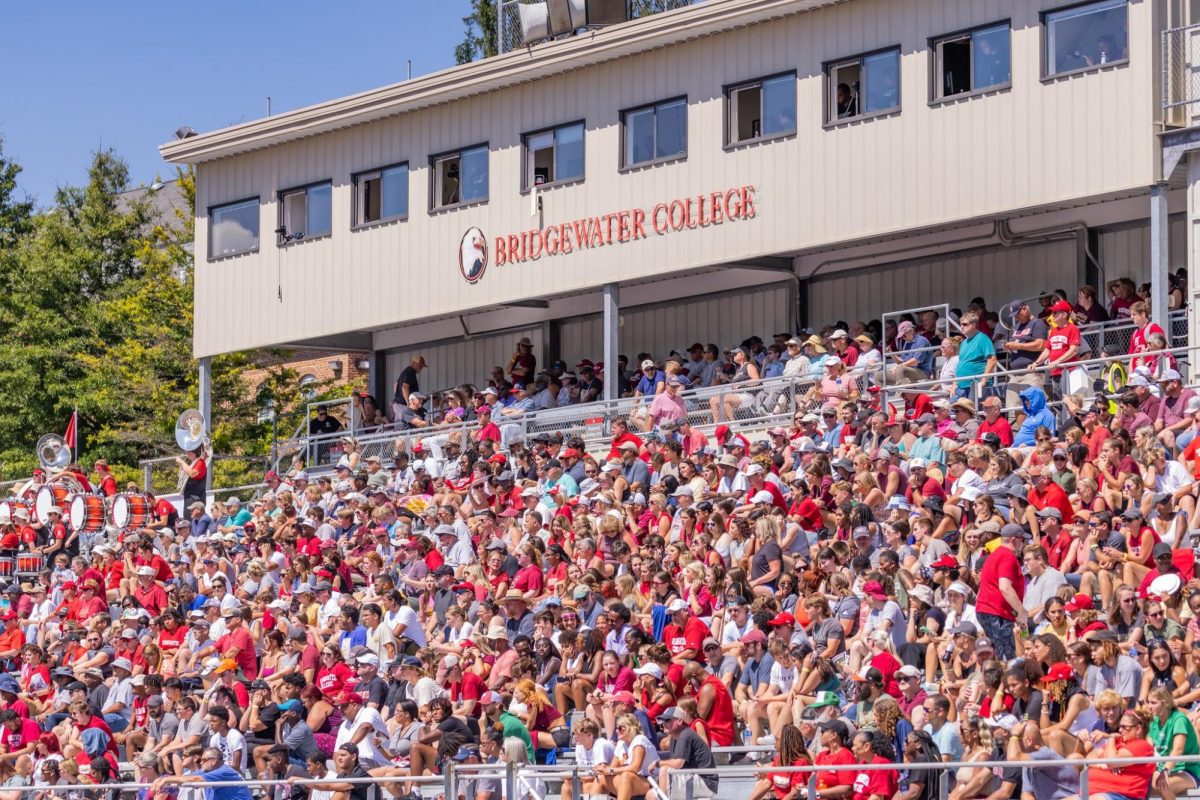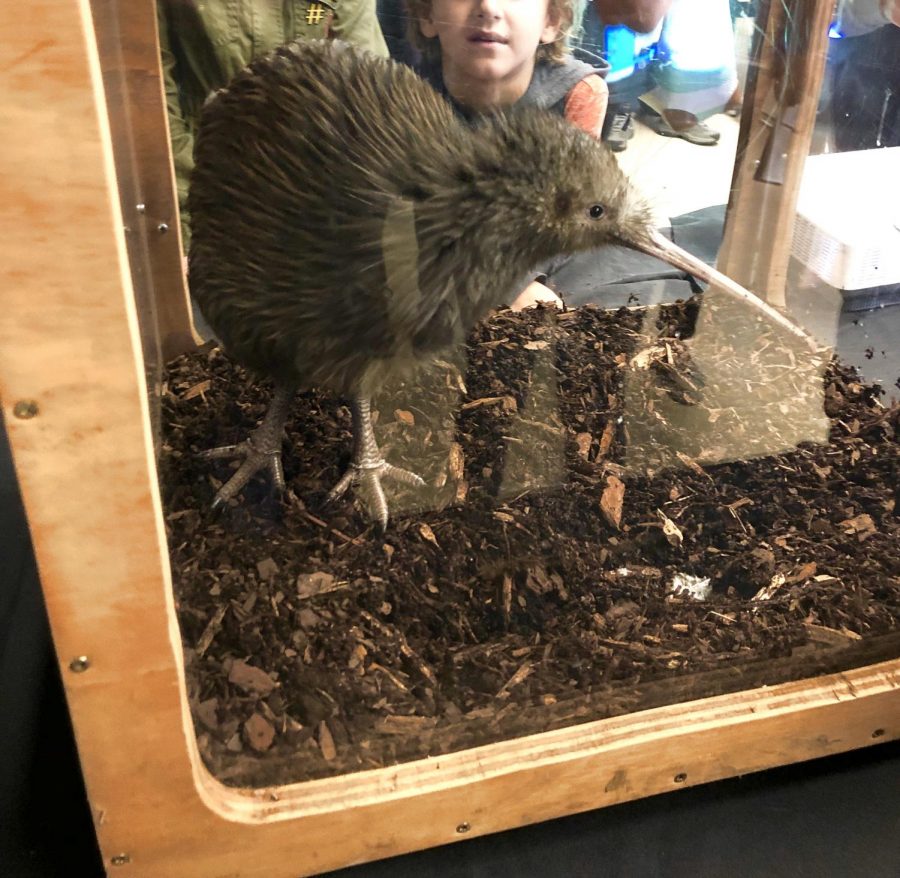Opinion: Fall Break
Learning About Conservation Over Break
Kiwis have been endangered for sometime now, but with conservation efforts over the years their numbers have started to increase and hopefully will continue to do so.
October 15, 2019
Bridgewater, Va.- Once October rolls around and school has been in full swing for a month, just about everyone is ready for a break. Fall break is kind of hard to fit a lot into since it’s only a four day break. The short time is also usually cut shorter by still having a lot of things to work on for school, but fun things can still be fit into the mix!
I started off my fall break by doing something a lot of people might not see as fun, especially since we are essentially on a break from learning, but I found it really interesting. I spent the first day of my break at the Smithsonian Conservation Biological Institute in Front Royal with some of my relatives. The Smithsonian Conservation Biological Institute is only open one day a year to the public, and that day is Conservation Discovery Day. However, they only sell a certain amount of tickets and the event usually sells out. If someone is interested in going they definitely want to get tickets early.
According to their website, “The Smithsonian Conservation Biology Institute (SCBI) plays a leading role in the Smithsonian’s global efforts to save wildlife species from extinction and train future generations of conservationists. SCBI spearheads research programs at its headquarters in Front Royal, Virginia, the Smithsonian’s National Zoo in Washington, D.C., and at field research stations and training sites worldwide. SCBI scientists tackle some of today’s most complex conservation challenges by applying and sharing what they learn about animal behavior and reproduction, ecology, genetics, migration and conservation sustainability. SCBI scientists study and breed more than 20 species at their headquarters, including those that were once extinct in the wild, like black-footed ferrets and scimitar-horned oryx.”
Unfortunately, guests at the event were not allowed to go through and see the animals they have, but if you paid attention you could catch a glimpse of animals in fields from the main area of the event.
There were multiple stations set up, some of them interactive, about many different topics ranging from cheetah health and conservation to volunteer and internship opportunities. There were also many different presentations and discussions going on throughout the day.
I sat in on five different presentations. I listened to Kiwi Conservation, where they even had a live Kiwi with them, ‘Fox on Stilts’: The Maned Wolf of South American Grassland, Continuing Diary of a Coral Midwife, Chapter 42: Investigating Differences in the Reproduction of Two Hawaiian Corals, Building an Amphibian Ark for Endangered Frogs and Backyard Biodiversity: Exploring the Secret Lives of Local Wildlife with Virginia Working Landscapes.
All of these presentations were interesting and taught me so much about things I did not know that were happening. Visiting the Smithsonian Conservation Biological Institute was very intriguing and a good way to spend time with my family. I definitely recommend going if you’re interested in the environment and conservation or if you just like to learn.
For the rest of my break I, like many others, just spent time with my family and catching up on all the sleep I lost in September.

